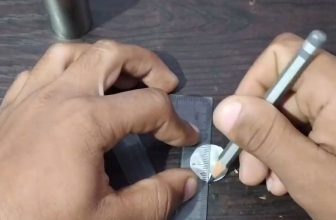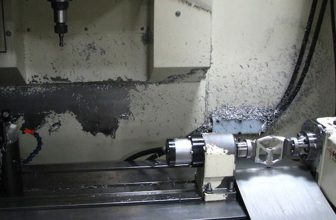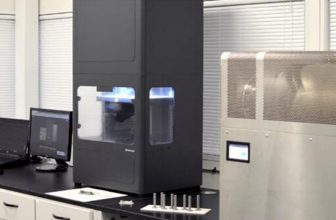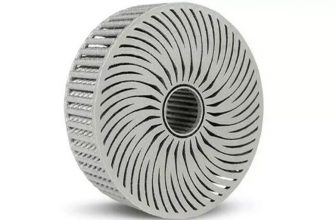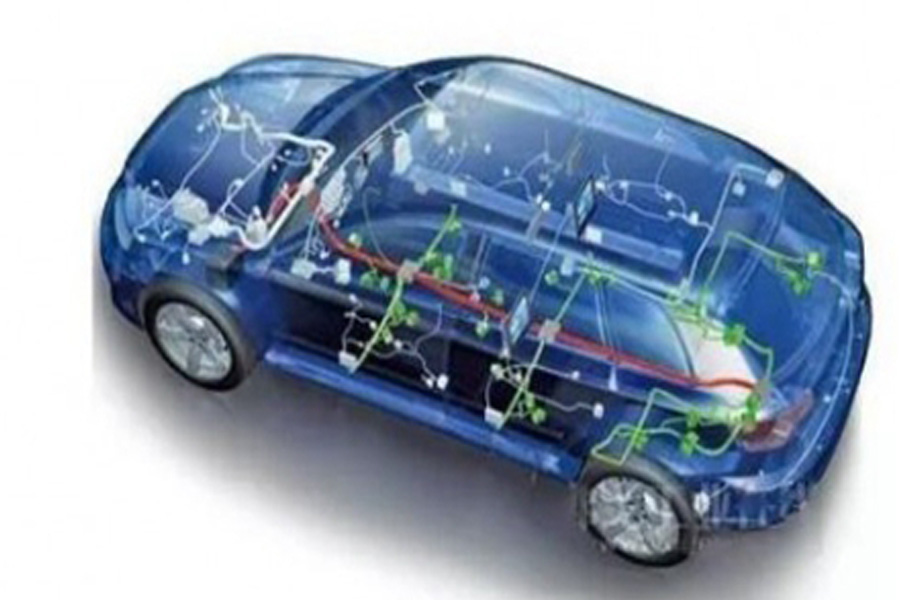
The purpose of the cooling water circuit design of the injection mold is to cool the product uniformly and eject it in a short time. The arrangement of the water circuit directly affects the molding quality of the product and the production cycle/cost.
3D printing technology enables the manufacture of injection mold cooling water circuits to avoid the limitation of traditional processing methods of cross-drilling. 3D printing conformal cooling technology enables mold designers to design different cooling circuits according to cooling requirements, so that molds can dissipate heat at a consistent speed. , To promote the uniformity of heat dissipation. The mold with conformal cooling water circuit changes the injection cycle, and can effectively avoid warpage and deformation during the injection molding process, and the comprehensive value of the mold is improved.
In this issue, I will share ESU’s 3D printing application cases of automotive electronic connector molds to show that 3D printing technology is optimizing the cooling design of existing automotive electronic connector molds, and conformal cooling technology is reducing cooling temperature and improving electronics. The value of the connector product quality.
There are waterways on the top and inner wall of the mold
Automotive electronic connectors are like a bridge to connect the current between various electronic components in the car, so as to ensure the safe driving of the car. Each car has about 100 electronic connectors, and global automotive connectors account for about 15% of the connector industry. In the future, driven by automotive electronic products, it is expected to occupy a larger proportion. China is expected to become an important production base for global automotive connectors in the future. At the same time, China’s automotive connector industry will be a market where foreign-funded companies and local Chinese companies compete fiercely. The manufacturing technology and product quality of automotive electronic connectors It is very important in this contest.
The mold manufacturing technology of automotive electronic connectors is a key factor in determining the quality of electronic connectors, and the quality of automotive electronic connectors is directly related to the safety performance of the car.
In the mold making of the electronic connector, because the inner wall has no draft and the top part is small in size, it is limited by the traditional CNC milling machine drilling method, and ordinary waterways cannot be designed into it. Therefore, most of the connector molds do not have any cooling water channels in the glue position, which will lead to long cooling cycles and uneven cooling, resulting in product deformation and dimensional instability, resulting in unqualified product quality.
The design and manufacturing scheme of mold conformal cooling water circuit realized by selective laser melting 3D printing technology will solve this pain point and significantly reduce the cooling temperature and improve product quality. Based on the selective laser melting 3D printing technology, ESU has redesigned the automotive electronic connector mold. The conformal waterway is basically everywhere in the connector mold. The entire connector has a waterway on the top or the inner wall, so that the mold Temperature balance.
After the entire connector mold uses the conformal water circuit, the highest temperature is 66.65°C, which is nearly 30°C lower than the mold temperature of the unused water circuit. Therefore, the temperature difference of the entire part is relatively small, and the mold temperature is balanced, thereby reducing the deformation rate and improving the product quality. On the basis of 3D printing conformal waterway mold technology, ESU also explored the application of its patented mold composite printing technology in electronic connector molds, that is, inlaying high thermal conductivity materials inside parts and combining them with circulating waterways. While maintaining almost the same cooling efficiency as the conformal waterway solution, the service life of the mold workpiece is further improved.
Summarize:
Although the design of 3D printing conformal cooling water circuit is significantly different from the design thinking mode of traditional cooling water circuit, the design rules of traditional mold cooling water circuit in terms of water circuit diameter, cross-sectional area, distance from the mold surface, and cooling water circuit length can still be increased. The design of conformal cooling water circuit for material manufacturing brings lessons to be learned.
3D printing can be used not only in the field of injection molds, but also in tire molds, die-casting molds and other fields. Combined with 3D printing, it can achieve the characteristics of complex geometric design. The added value created by 3D printing molds also extends to the next generation. High value-added products such as tires.
With the rationalization of the price of metal 3D printing equipment, the development of 3D printing molds in China will usher in a wave of upward development opportunities, and taking value as an entry point will become a necessary homework to win the mold market.


